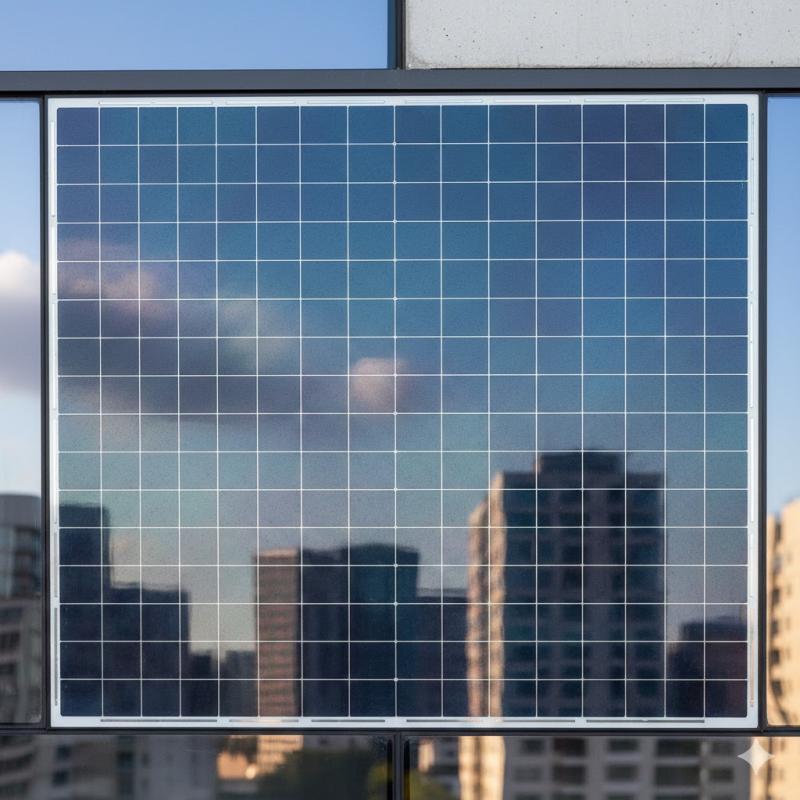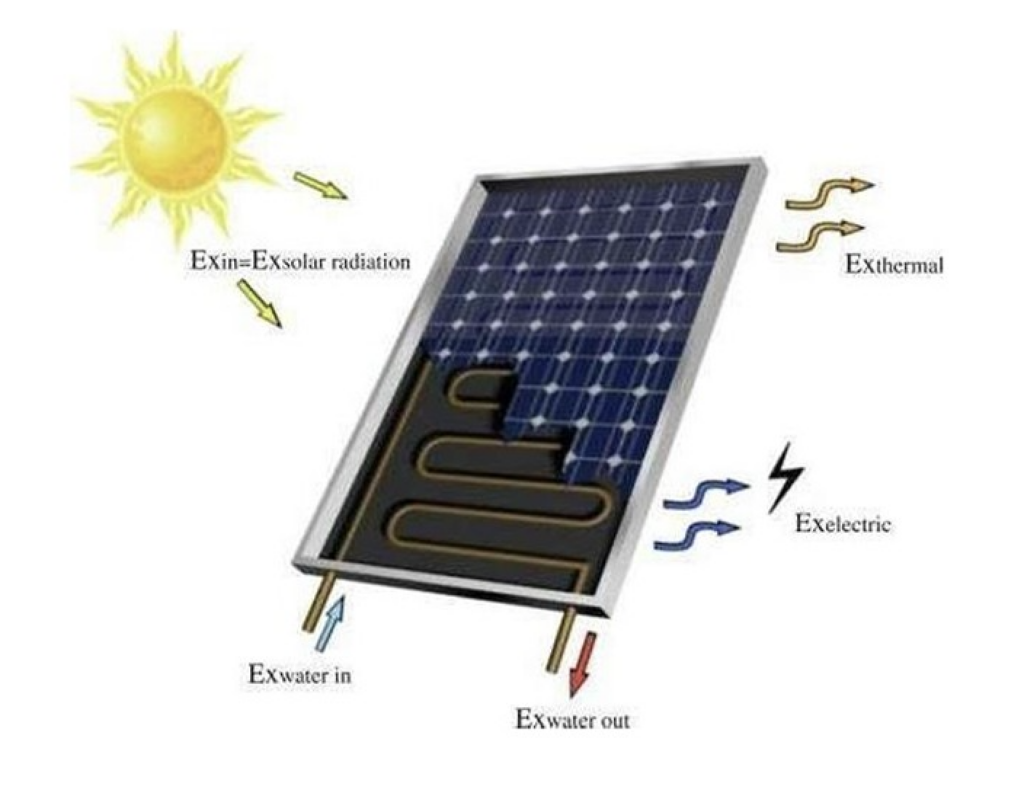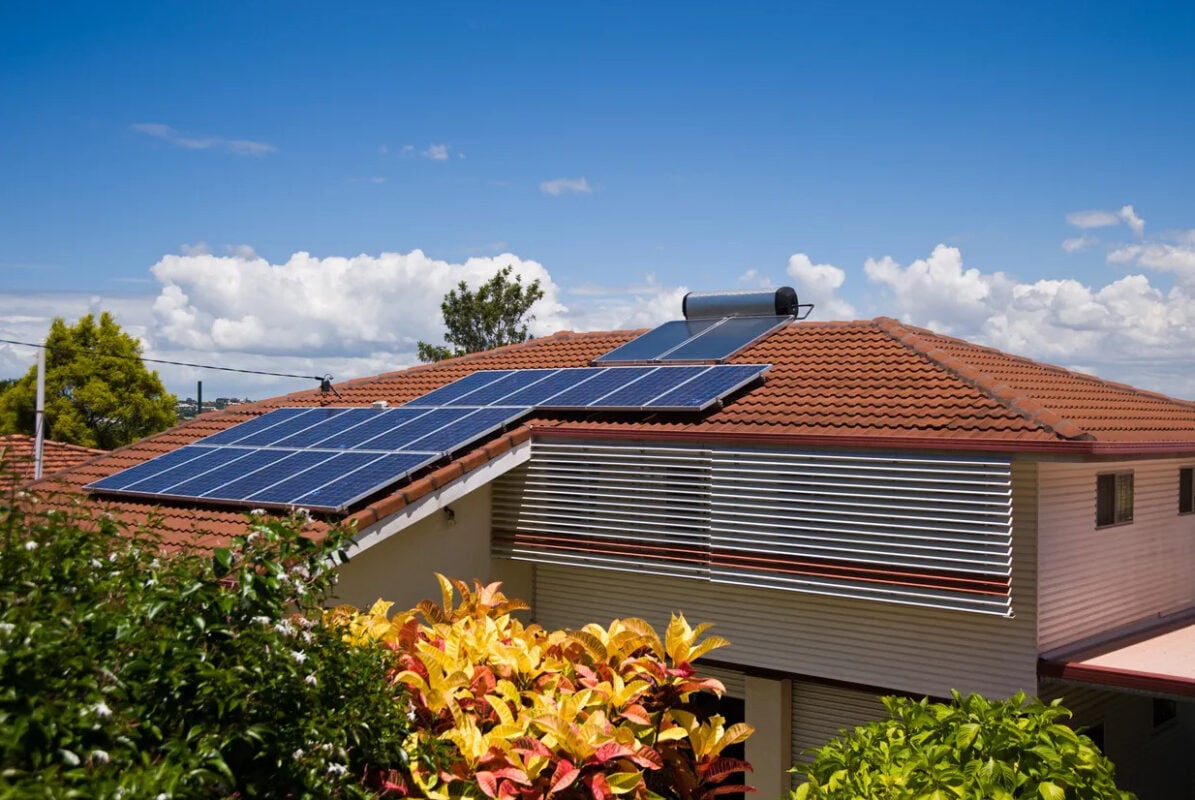China’s photovoltaic cell exports reached 10.38GW in September as third-quarter surge subsided [ SMM Analysis] – Shanghai Metals Market
![China’s photovoltaic cell exports reached 10.38GW in September as third-quarter surge subsided [ SMM Analysis] – Shanghai Metals Market](https://imgqn.smm.cn/production/admin/news/en/pic/XTwWi20251028115805.png?#)
Analysis of China’s Solar Cell Exports and Contribution to Global Sustainable Development Goals (September 2025)
Executive Summary: Advancing SDG 7 through Global Solar Technology Dissemination
In September 2025, China’s export of solar cells, a critical component for renewable energy infrastructure, reached 10.38GW. This activity directly supports the global pursuit of Sustainable Development Goal 7 (Affordable and Clean Energy) and SDG 13 (Climate Action). While representing a minor 1.6% month-on-month decrease, the figure marks a 6.2% year-on-year increase. The cumulative exports for January to September 2025 totalled 73.91GW, a substantial 74.9% rise from the previous year, indicating an accelerated global transition towards clean energy sources.
Key Drivers and Market Dynamics: Supporting SDG 9 and SDG 8
The significant year-to-date growth in exports is primarily driven by a structural mismatch in the global supply chain, a key consideration for SDG 9 (Industry, Innovation, and Infrastructure). Overseas expansion of module assembly capacity has outpaced that of solar cell production, creating a backlog and sustained demand for Chinese cells. This dynamic highlights the challenges in scaling up the renewable energy industry, which include:
- High capital investment costs for cell production equipment.
- Stringent requirements for a specialized technical workforce.
- Significant negative externalities associated with the manufacturing process.
This trade fosters economic activity and supports industrial capacity in both exporting and importing nations, contributing to SDG 8 (Decent Work and Economic Growth).
Quarterly Trends and Projections
The third-quarter export surge showed signs of cooling in September. This moderation is attributed to strategic procurement patterns in key markets, where policy expectations led to concentrated purchasing in July and August. Consequently, rising overseas inventories and some instances of over-purchasing have suppressed new orders. A further decline in overseas demand is anticipated for the fourth quarter as markets absorb existing stock.
Geographic Distribution: Fostering SDG 17 through International Partnerships
The top five export destinations accounted for 66.83% of the total volume in September, demonstrating concentrated but diversifying partnerships in line with SDG 17 (Partnerships for the Goals). These collaborations are crucial for disseminating clean energy technology globally. The primary markets and their specific contributions to sustainable development are as follows:
- India (4.44GW): A 3.0% month-on-month increase was observed as local importers accelerated stockpiling ahead of anticipated policy changes (ALMM Act, AD/CVD investigations), securing components for future clean energy projects.
- Indonesia (1.74GW): A 10.1% month-on-month increase reflects pronounced local demand for stockpiling ahead of preliminary U.S. AD/CVD rulings, ensuring a stable supply for its renewable energy sector.
- Turkey (0.62GW): A 69.6% month-on-month decrease indicates a return to normal procurement levels after a policy-driven surge in August, suggesting a maturing market for solar components.
- Philippines (0.3GW): A 15.4% month-on-month increase highlights the nation’s growing role as a transshipment hub, which enhances regional access to solar technology and broadens the impact on SDG 7.
- United Arab Emirates (0.25GW): A significant 177.8% month-on-month increase underscores the rapid growth of photovoltaic demand and manufacturing in the Middle East. Increased cell imports are supplementing local production, signaling a strong regional commitment to building industrial capacity (SDG 9) and adopting clean energy (SDG 7).
Analysis of Sustainable Development Goals in the Article
1. Which SDGs are addressed or connected to the issues highlighted in the article?
-
SDG 7: Affordable and Clean Energy
- The entire article revolves around the production and export of solar cells, which are fundamental components for generating solar power. Solar power is a key form of clean and renewable energy. The significant growth in exports (a 74.9% year-on-year increase) indicates a global expansion in the capacity to produce affordable and clean energy.
-
SDG 9: Industry, Innovation, and Infrastructure
- The article discusses the manufacturing of solar cells, a high-technology industry. It highlights the expansion of production capacity and the infrastructure required for it. The international trade of these components is essential for building sustainable energy infrastructure globally, as countries like India, Indonesia, and the UAE import cells to supplement their domestic production and meet photovoltaic demand.
-
SDG 13: Climate Action
- The promotion and adoption of solar energy are central to global efforts to combat climate change by transitioning away from fossil fuels. The increased manufacturing and trade of solar cells, as detailed in the article, are direct enablers of climate action by facilitating the growth of renewable energy sources worldwide.
-
SDG 8: Decent Work and Economic Growth
- The article’s focus on the substantial growth in solar cell exports from China highlights economic activity and growth in a high-value, technological sector. This growth contributes to the economic productivity of the exporting nation.
2. What specific targets under those SDGs can be identified based on the article’s content?
-
Targets under SDG 7 (Affordable and Clean Energy)
- Target 7.2: “By 2030, increase substantially the share of renewable energy in the global energy mix.” The article provides direct evidence of the increasing availability of components necessary for solar energy generation. The cumulative export of 73.91GW of solar cells in nine months, a 74.9% increase, directly contributes to the expansion of solar energy capacity, thereby helping to increase the share of renewables.
- Target 7.a: “By 2030, enhance international cooperation to facilitate access to clean energy research and technology… and promote investment in energy infrastructure and clean energy technology.” The article is a case study of this target in action. It details the international trade (a form of cooperation) of solar cells (clean energy technology) from China to various countries, including India, Indonesia, Turkey, the Philippines, and the UAE, facilitating their access to this technology.
-
Targets under SDG 9 (Industry, Innovation, and Infrastructure)
- Target 9.4: “By 2030, upgrade infrastructure and retrofit industries to make them sustainable…” The export of solar cells is a critical part of the supply chain for building and upgrading global energy infrastructure to be more sustainable. The article notes that “photovoltaic demand and production capacity in the Middle East are on a rapid upward trajectory,” indicating a direct investment in this sustainable infrastructure.
-
Targets under SDG 13 (Climate Action)
- Target 13.2: “Integrate climate change measures into national policies, strategies and planning.” The article explicitly mentions that market behaviour is driven by policy expectations. For example, importers in India accelerated stockpiling due to the “ALMM Act and the announcement of India’s AD/CVD investigations.” These policies are national measures designed to shape the renewable energy market, which is a core component of climate strategy.
3. Are there any indicators mentioned or implied in the article that can be used to measure progress towards the identified targets?
-
Indicators for SDG 7
- Indicator for Target 7.2: The article provides a direct quantitative measure that serves as a proxy for progress: the volume of solar cell exports. Specific data points mentioned include “10.38GW” in September 2025 and “73.91GW” cumulative exports from January to September, representing a “74.9% rise.” This measures the growth in the availability of technology for renewable energy generation.
- Indicator for Target 7.a: The article details the flow of international trade in clean energy technology. This is shown by the breakdown of export destinations, such as “India (4.44GW), Indonesia (1.74GW), Turkey (0.62GW),” which quantifies the level of international cooperation in distributing this technology.
-
Indicators for SDG 9
- Indicator for Target 9.4: An implied indicator is the growth in manufacturing capacity and demand for sustainable energy components. The article supports this by stating that “photovoltaic demand and production capacity in the Middle East are on a rapid upward trajectory” and that local manufacturers are “increasing imports of solar cells to supplement domestic production capacity.”
-
Indicators for SDG 13
- Indicator for Target 13.2: The article implies an indicator related to the implementation of national policies and regulations supporting renewable energy. It does not quantify the policies themselves but describes their market impact. The mention of India’s “ALMM Act,” US “AD/CVD rulings,” and Turkey’s policy of “raising the minimum import price” serve as qualitative evidence of these climate-related measures being integrated into national planning.
4. Summary Table of SDGs, Targets, and Indicators
| SDGs | Targets | Indicators |
|---|---|---|
| SDG 7: Affordable and Clean Energy | 7.2: Increase substantially the share of renewable energy in the global energy mix. | Volume of solar cell exports (Explicit): 73.91GW exported from Jan-Sep, a 74.9% year-on-year increase. |
| 7.a: Enhance international cooperation to facilitate access to clean energy technology. | Flow of international trade in clean energy technology (Explicit): Exports from China to India (4.44GW), Indonesia (1.74GW), Turkey (0.62GW), etc. | |
| SDG 9: Industry, Innovation, and Infrastructure | 9.4: Upgrade infrastructure and retrofit industries to make them sustainable. | Growth in demand for sustainable energy components (Implied): Rising photovoltaic demand and production capacity in the Middle East, leading to increased imports of solar cells. |
| SDG 13: Climate Action | 13.2: Integrate climate change measures into national policies, strategies and planning. | Implementation of national policies supporting renewable energy (Implied): Mention of India’s ALMM Act and AD/CVD investigations, and US AD/CVD rulings influencing market behaviour. |
Source: news.metal.com
What is Your Reaction?
 Like
0
Like
0
 Dislike
0
Dislike
0
 Love
0
Love
0
 Funny
0
Funny
0
 Angry
0
Angry
0
 Sad
0
Sad
0
 Wow
0
Wow
0
















































:focal(1500,1000)/https://media.globalcitizen.org/a6/9a/a69a4720-d8a1-4715-b596-18738d03c05c/rotary_polio_hero_image.jpg?#)







/countries/sri-lanka/photo-credit---dmc-sri-lanka.tmb-1200v.jpg?sfvrsn=dc298bcc_1#)


















